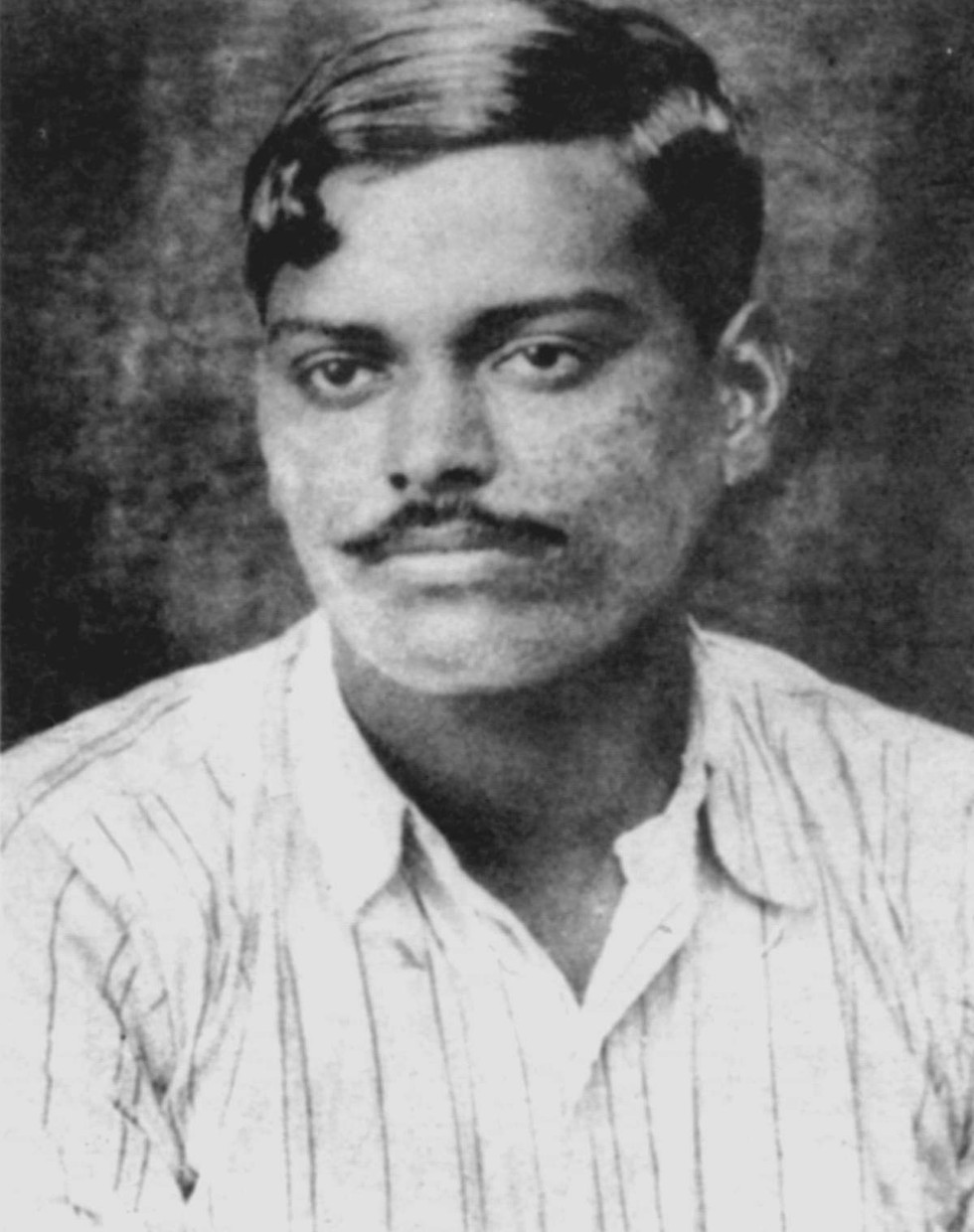About Chandrashekhar Azad:
- He was a great Indian freedom fighter.
- Born Chandra Shekhar Tiwari on July 23, 1906, in the small village of Bhavra in Madhya Pradesh, Azad was a beacon of revolutionary fervor from a very young age.
- His resolve to fight for India’s independence was ignited early, and by the age of 15, he had already joined the Non-Cooperation Movement initiated by Mahatma Gandhi.
- Azad was disappointed by Gandhi’s suspension of the noncooperation movement in February 1922, after several policemen had been murdered by a revolutionary mob at Chauri Chaura.
- He became an active member of the Hindustan Republican Association (HRA), an organization dedicated to overthrowing British rule through revolutionary means.
- By 1928, he had played a crucial role in transforming the HRA into the Hindustan Socialist Republican Association (HSRA), which aimed to establish a socialist republic in India.
- He worked closely with other notable revolutionaries, including the legendary Bhagat Singh.
- Together, they sought to challenge and dismantle the oppressive colonial regime.
- Azad’s leadership and strategic acumen were instrumental in several significant revolutionary activities.
- He played key a role in the Kakori Train Robbery (1926), the attempt to blow up the Viceroy's train (1926), and the shooting of Saunders at Lahore (1928) to avenge the killing of Lala Lajpat Rai.
- He was known for his unwavering resolve and extraordinary bravery. He lived a life on the run, constantly evading capture by the British police, and became a symbol of resistance for the youth of India.
- In January 1931, during a fierce encounter with the British police in Alfred Park, Allahabad, Azad fought valiantly but was eventually cornered. Faced with the prospect of capture, Azad chose to end his life on his own terms, declaring that he would never be captured alive.
